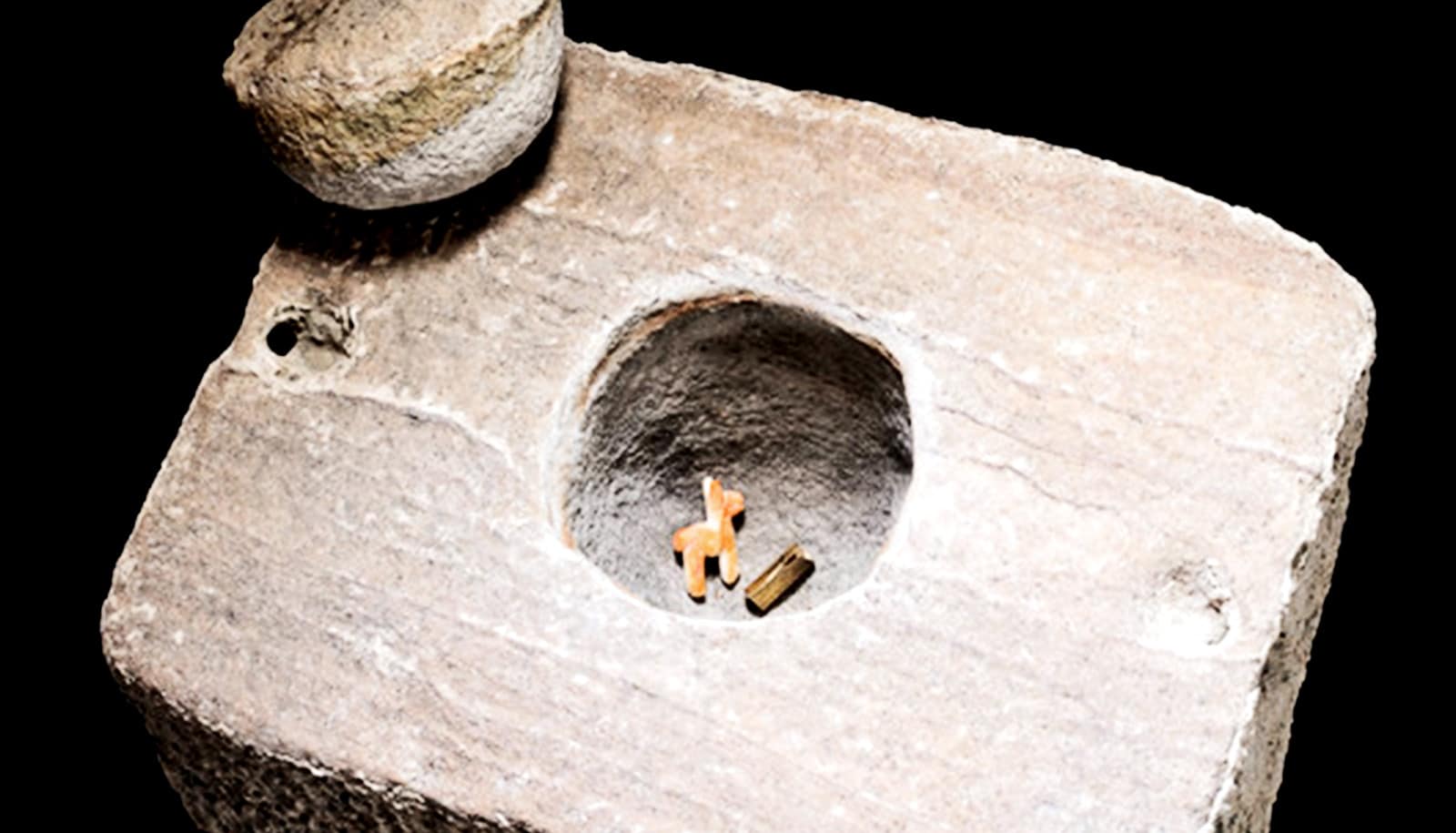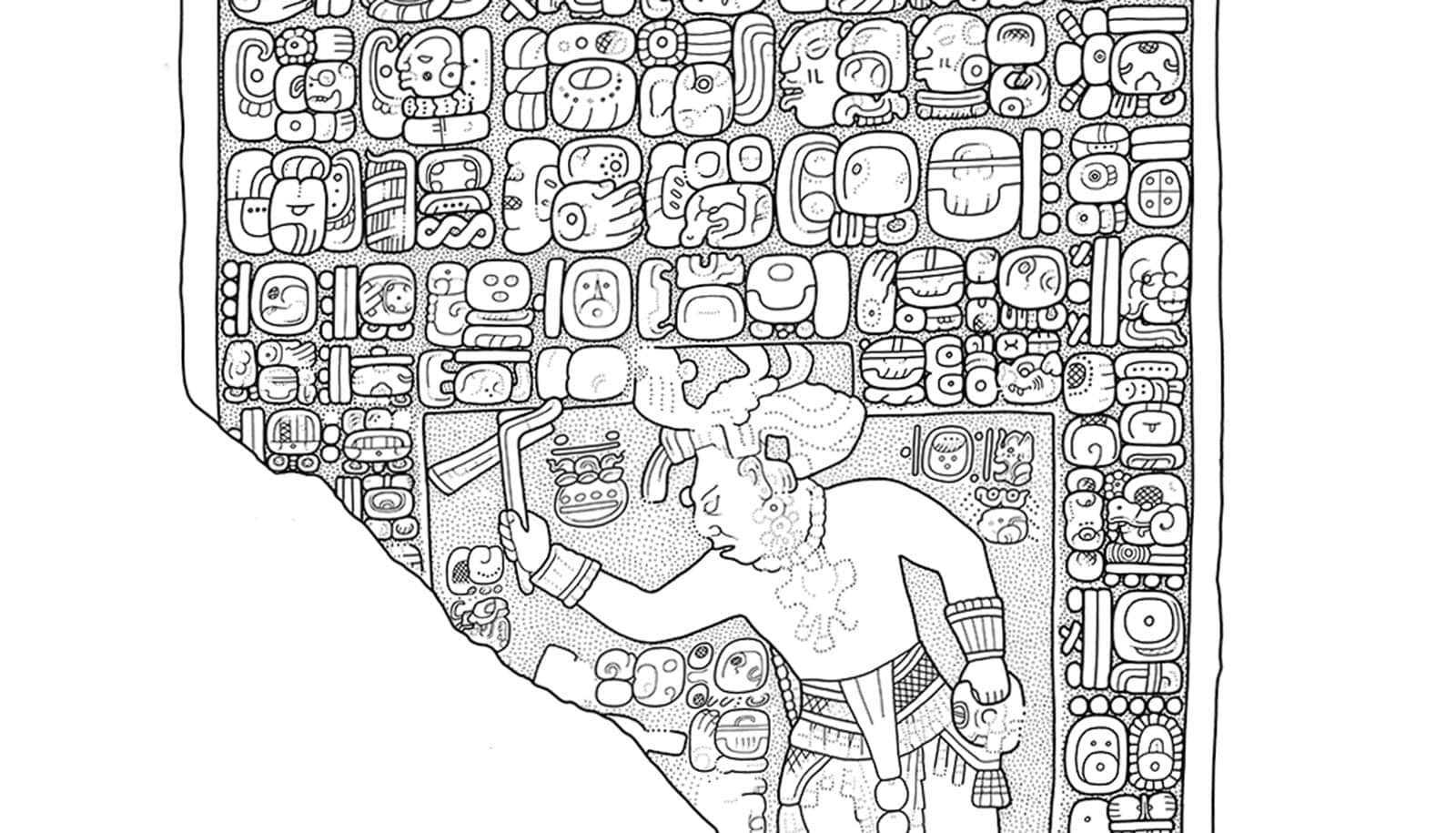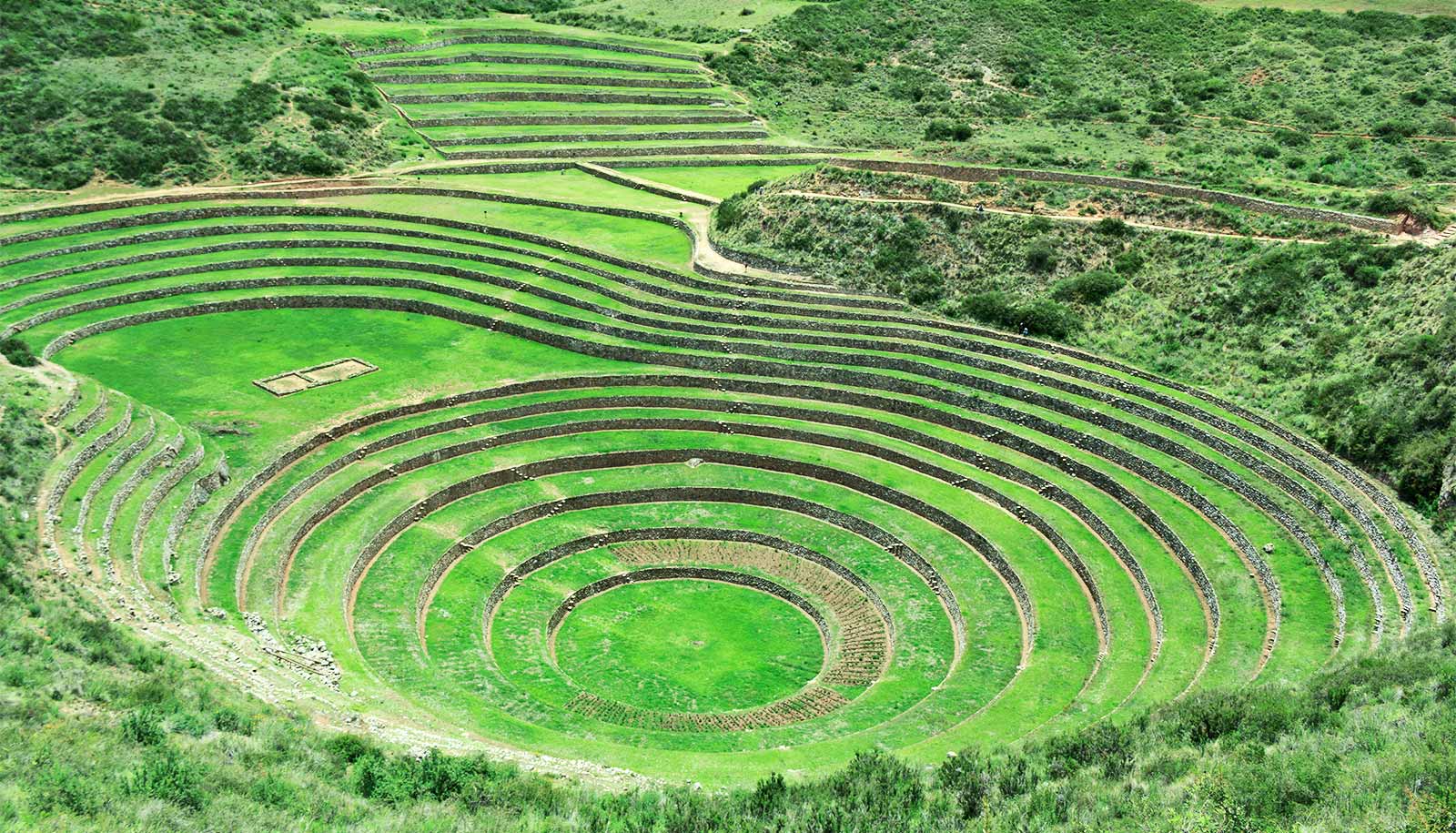Scientists have found an Inca offering—a carved stone box, containing a llama carved from a spondylus shell and a cylindrical laminated gold foil object—at the bottom of Lake Titicaca.
The offering, found near an island in the lake, was not located where others had found offerings in the past.
“We knew they (Inca) did some form of ritual offerings and that they did them in the lake,” says Jose Capriles, assistant professor of anthropology at Penn State. “The 16th and 17th century chronicles indicate there were submerged offerings.”
Lake Titicaca’s underwater heritage
Lake Titicaca, located in the Andes between Bolivia and Peru, is the largest lake in South America and was important to many cultures, including the Tiwanaku and the Inca.
Amateur divers in 1977 found other offerings, or artifacts that could be part of offering bundles, near the Island of the Sun, but they were not intact offerings. Professional divers between 1988 and 1992 investigated the area of the Khoa reef and found pre-Inca and Inca artifacts including stone boxes with miniature figures.
Recent excavations show that the Khoa reef was an important ceremonial site for the Inca and prior societies; however, scientists found this new group of artifacts on the K’akaya reef, not Khoa reef.
“Since 2012, the Université libre de Bruxelles has implemented a research program with the goal of locating and inventorying the underwater heritage of Lake Titicaca,” says Christophe Delaere, junior research fellow at the Université libre de Bruxelles. “Our team has systematically surveyed around the islands and reefs in the Bolivian side of Lake Titicaca.”
The K’akaya Archipelago is west of Challapata Bay in the eastern shore of Lake Titicaca and is a series of a main island and three small ones. Bird droppings cover K’akaya reef, the last islet of the small chain.
The divers retrieved the box intact although currents had eroded one side. The box was tightly sealed, but not watertight. Resting in the box, beneath the silt that had filtered in, was the spondylus shell llama and the rolled gold foil.
Ritual and ceremony
One indication that these boxes contain artifacts valuable enough for offerings, beside the gold foil, is the spondylus shell llama. The closest location where the Inca could obtain this spiny oyster shell was in warm coastal ocean waters off the coast of Ecuador.
Finding this box in a new location suggests to the researchers that Lake Titicaca was a locus of ritual and ceremonial activity by the Inca. Similar offerings are found in other parts of what was the Inca Empire, some on land and some on water, but the researchers think that the lake was important in the consolidation of the empire.
As the Inca radiated out from Cuzco in Peru, Lake Titicaca became a focal point, Capriles says. Prior archaeological evidence indicates that many of the islands, reefs, and archipelagos contain ruins of temples and other monumental architecture.
More surprises to come?
“Most of what we know outside of archaeology is from the Spanish,” says Capriles. “Indications were that Lake Titicaca was a pilgrimage center for the Inca, but also served as a focal point for alliances with other groups.”
Spanish myths about the Inca dumping their gold into Lake Titicaca are apparently untrue, but the lake holds much more still uncovered information, the researchers say.
The artifacts reside with the Bolivian municipality of Escoma, which has jurisdiction over the area where divers found them.
“One of the goals of our underwater archaeological survey was to identify the existence of similar sites and to our surprise we found at least one,” Delaere says.
“It presents not only one of the rare intact discoveries of an Inca underwater offering, but also that it was found at another place in the lake, which has an important implication for understanding the relationship between the expanding Inca empire, the local communities who lived in the lake, and Lake Titicaca itself prior to European contact.
“The inland underwater world remains largely unexplored and offers outstanding opportunities to understand prehistoric societies. The underwater heritage of Lake Titicaca still has many surprises to reveal.”
A paper on the findings appear in the journal Antiquity.
Université libre de Bruxelles and Wiener-Anspach Foundation supported the work.
Source: Penn State



